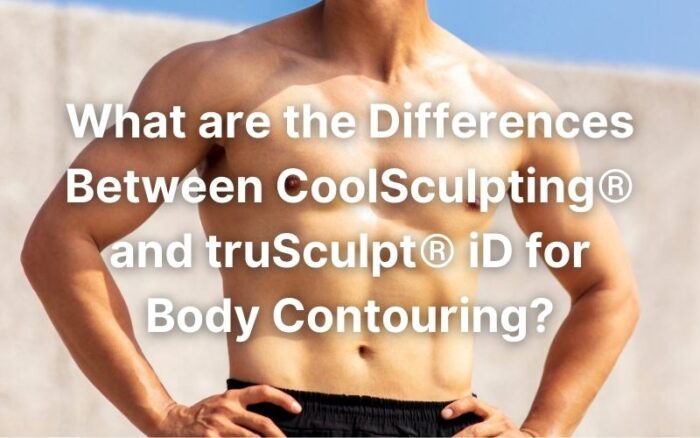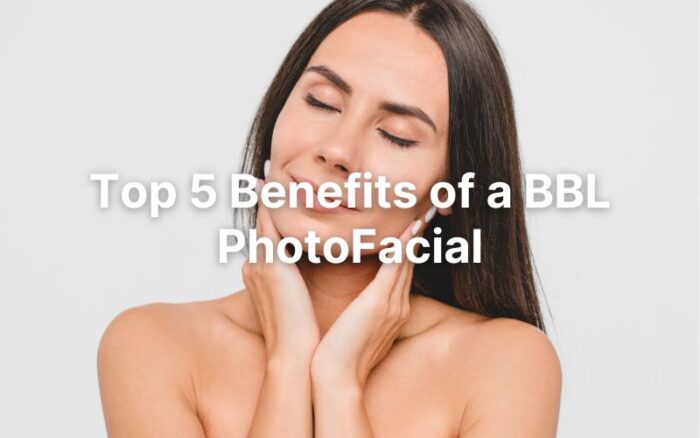Maybe you’ve seen advertised those topical creams claiming to help get rid of varicose veins? While there are some steps you can take to ‘naturally’ treat varicose veins (or self-manage as it’s sometime called), the presence of varicose veins likely means that you suffer from significant underlying vein disease, which is progressive and can, in some instances result in serious complications. If you suffer from varicose veins, I strongly recommend you visit a vein specialist to make sure you not only receive an accurate diagnosis, but to make sure that you are not at risk for progressing to, or developing one of the complications of vein disease such as spontaneous bleeding, ulcers, or blood clots, which can become deadly if left untreated,.
What are Varicose Veins?
Enlarged, dilated, bulging veins that appear ropy, gnarled or twisted with a dark purple or blue color are by definition diagnosed as varicose veins. These type of veins rarely occur in the upper half of the body, and almost universally occur in the legs because they have to work against gravity to get blood back to the heart. Women are more likely to experience varicose veins than men (although they absolutely occur in both, and we do treat a significant number of men at our practice). Pregnancy and hormonal changes are other major contributing factors, as well as trauma and occupations or activities with prolonged standing or sitting.


